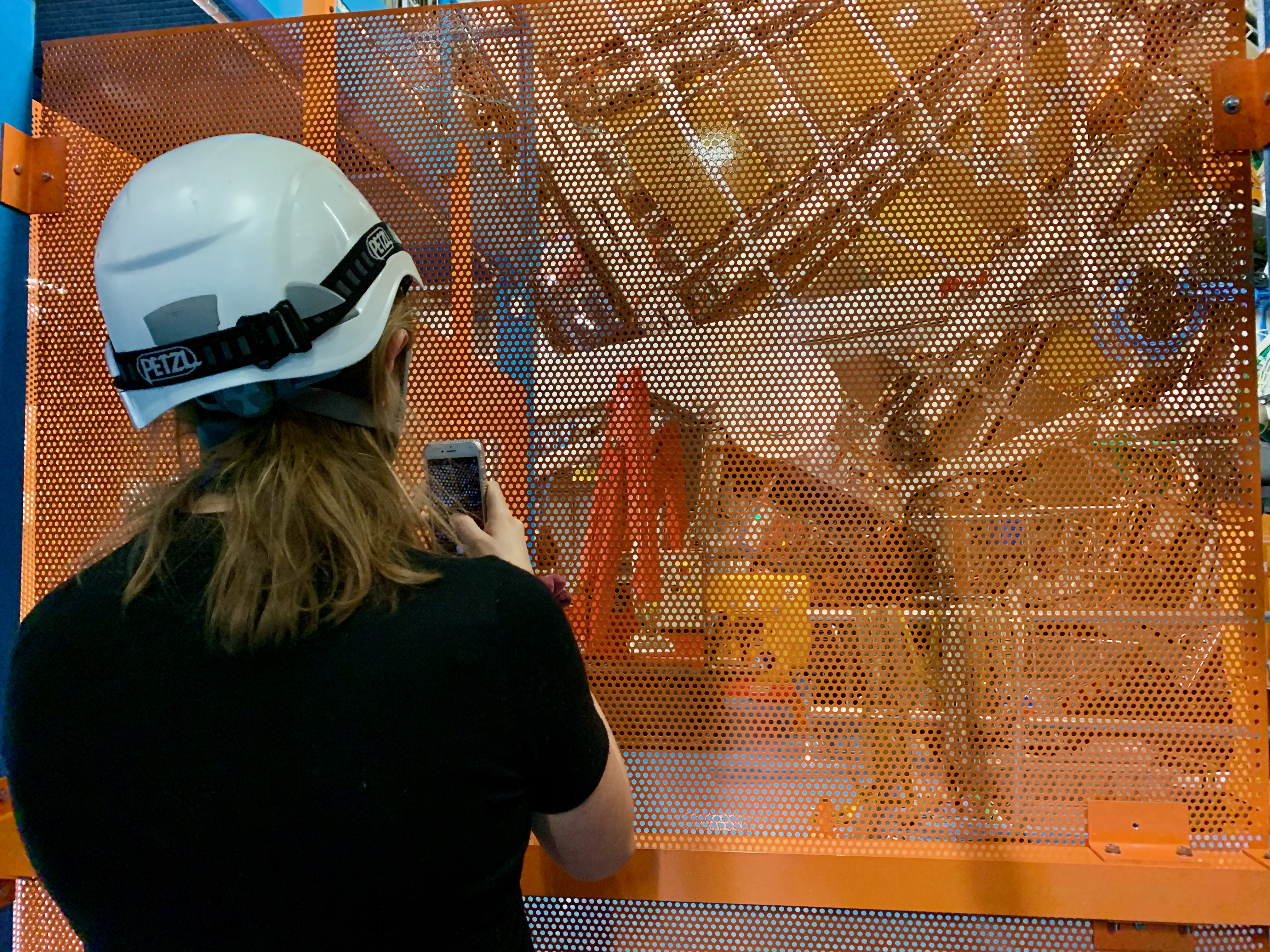First operation of the central solenoid
15 October 2006 | By

A new phase for the ATLAS collaboration started with the first operation of a completed sub-system: the central solenoid. It was cooled down from the 17th to 23th May 2006, and the first kA was put into it the same evening as it was cold and superconductive. That makes our solenoid the very first cold and superconducting magnet to be operated in the LHC underground areas.
The cool down and powering of the solenoid was a major milestone for all control, cryogenic, power and vacuum systems and was achieved in perfect collaboration with the liquid argon detector with which it shares the barrel cryostat.
Powering up to nominal current had to wait until the last week of July when the end-cap calorimeters were in closed position. The tile barrel and end-cap calorimeters form an iron yoke for the return of the magnetic flux around the solenoid. Their positioning is important for the magnetic field quality in the inner detector volume but also to minimize the net electro-magnetic forces on the solenoid.


In the days after closing the solenoid current was gradually increased while verifying all safety parameters at each steps. In the evening of the 1st August maximum test current of 8.0 kA was reached without quenches, exceeding the nominal operation current of 7.73 kA for a magnetic field of 2.0 T. The following days were used to confirm safe operation of the solenoid under all imaginable fault scenarios. After passing all tests in a flawless performance, a round-the-clock operation was started for field mapping of the inner detector volume.
The successful commissioning of the central solenoid not only proved that this sub-system designed and built by KEK has an excellent performance, but it also demonstrated that all the control, cryogenic, power, vacuum and safety systems worked coherently - a major accomplishment by various ATLAS and CERN teams. In particular, very-high-precision current generation by the digitally-controlled power supplies enables the magnetic field to be reproduced reliably to an accuracy of 105.



